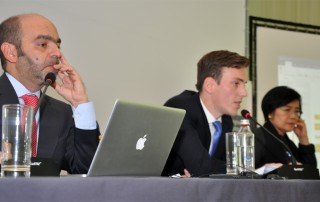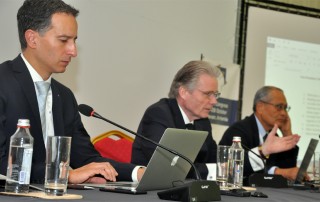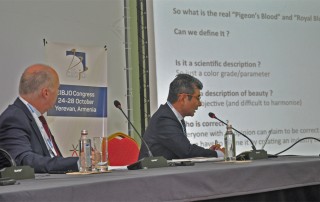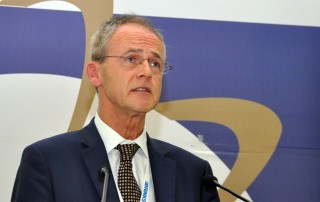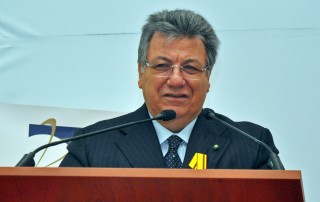Coral Commission continues further development of Blue Book
ABOVE: The Coral Commission in session. From left: Rui Galopim de Carvalho, John Andre Pedersen and Pornsawat Wathanakul, The commission’s Vice President.
OCTOBER 27, 2016
The Coral Commission meeting, chaired by Vice President Pornsawat Wathanakul, as the president, Vincenzo Liverino, was unable to attend, reviewed the further development of the Coral Blue Book.
Joining Dr. Wathanakul on the podium were Rui Galopim de Carvalho of Portugal and John Andre Pedersen of Norway.
The Coral Blue Book was ratified for the first time last year, making it the most recent addition to the CIBJO set of gem product standards and nomenclature. The Coral Commission Steering Committee has spent the past year further developing the document in order to provide the trade with solid information, the commission meeting was told.
The changes proposed by the Coral Commission Steering Committee were reviewed and approved.
Sections in the Coral Blue Book dealing with fishery and species names was among the issues discussed.

